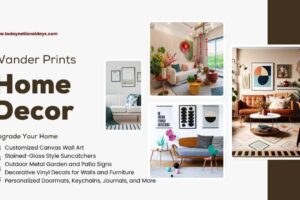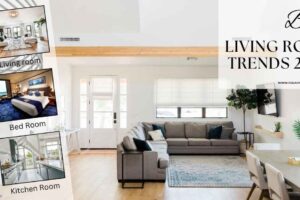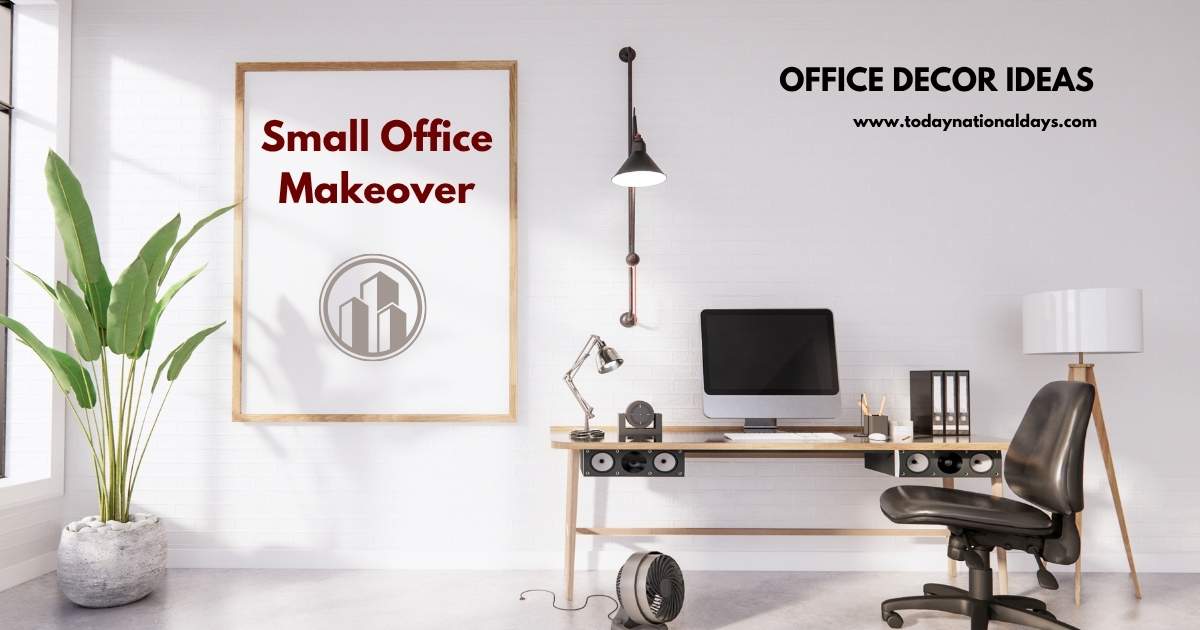
Small Office Makeover projects can turn any compact workspace into a functional and stylish hub without the need for a large budget or professional assistance. Whether you’re working remotely, managing a side hustle, or upgrading your current home office setup, the right furniture choices can dramatically enhance your productivity and comfort. In the USA, the rise of remote work has fueled a surge in small office makeovers, with many professionals seeking practical yet stylish solutions to optimize their limited space.
These seven steps walk you through everything from decluttering to decorating, ensuring your office space is efficient, comfortable, and beautiful. Whether you’re starting fresh or upgrading your current setup, these ideas are tailored to fulfill the intent of users searching for actionable, smart office design advice.
1. Begin by Assessing and Clearing Your Workspace
Before buying anything or making design decisions, start with a full assessment of your current workspace. This lays the groundwork for an efficient makeover. Here are essential tasks to guide your initial assessment:
- Identify the Purpose of Your Office
- Do you need it for calls, meetings, deep work, or creative tasks?
- Knowing your goal helps in selecting the right furniture and layout.
- Audit What You Have
- List all current furniture, equipment, and decor.
- Decide what stays, what can be repurposed, and what should go.
- Measure the Space
- Use a measuring tape to note wall dimensions and floor area.
- Don’t forget to account for outlets, doors, and natural lighting.
- Declutter
- Remove unnecessary items and cables.
- Shred old documents, donate unused items, and create zones for easy organization.
This step ensures you’re starting with a clean, intentional approach that matches your specific needs.
2. Create a Clean Starting Point for Your Office Design
After decluttering and assessing, it’s time to reset. A clean foundation helps you visualize new layouts and incorporate functional design elements that enhance productivity.
- Repaint walls in light, neutral colors to reflect natural light and make the space feel larger.
- Clean flooring and consider adding a small, comfortable area rug.
- Remove outdated wall hangings or decor to make way for inspiring additions.
- Use vertical space efficiently, keeping low-traffic surfaces clear for work essentials.
A clean slate allows you to imagine your space not as it was but how it could be—sleek, clutter-free, and perfectly suited to your work style.
3. Make the Most of Your Desk and Floor Area
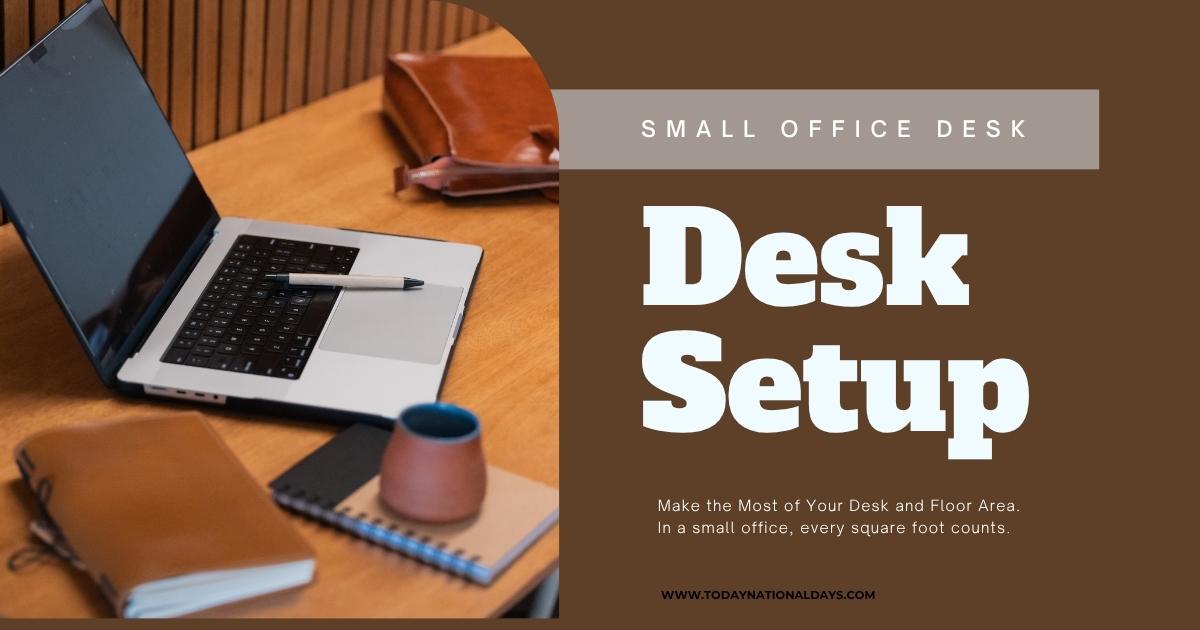
In a small office, every square foot counts. Choosing the right desk setup and floor layout can significantly improve both efficiency and comfort.
- Opt for multi-functional desks with built-in storage.
- Consider wall-mounted desks to save floor space.
- Place desks near windows to maximize natural light.
- Avoid bulky file cabinets—use rolling drawers or under-desk storage bins.
Table: Space-Saving Desk Ideas
| Desk Type | Best For | Key Features |
|---|---|---|
| Wall-Mounted Desk | Very small rooms | Foldable, minimalist, compact |
| L-Shaped Desk | Corner spaces | Expands surface area |
| Standing Desk | Ergonomic workspaces | Adjustable height, mobility |
| Floating Desk | Modern design lovers | Mounts to wall, sleek look |
Design your layout to allow for easy movement, clear sight lines, and a dedicated work zone to minimize distractions.
4. Use Smart Storage Ideas to Keep Everything in Place
Storage is key to maintaining a neat and efficient office. You want everything within reach but not in the way.
- Use vertical shelving to keep floor space open.
- Incorporate pegboards or grid panels for tools and accessories.
- Hide cables with under-desk cord management boxes.
- Label storage bins clearly to reduce search time.
Use stackable storage and consider furniture that doubles as storage—like benches or ottomans with hidden compartments. This keeps your space neat without sacrificing style.
5. Choose the Right Lighting and Decor to Inspire Creativity
Lighting and decor aren’t just aesthetic—they impact mood and productivity.
- Choose a mix of natural and artificial lighting.
- Use LED desk lamps with adjustable brightness and color temperature.
- Add inspirational wall art or motivational quotes.
- Use plants to introduce freshness and boost air quality.
High-CPC Keywords to Include: modern desk lamps, LED office lighting, home office wall decor, ergonomic lighting solutions.
Decor choices should reflect your personality while promoting calm and focus.
6. Find Budget Office Furniture and Easy DIY Upgrades
Redesigning an office doesn’t have to break the bank. Use these strategies to create a stylish space affordably.
- Buy secondhand desks or chairs from online marketplaces.
- Use IKEA hacks to customize basic furniture.
- Repurpose bookshelves or dining chairs for dual use.
- DIY corkboards, floating shelves, or painted furniture for unique flair.
7. Add Style and Personality With Your Own Creative Touches
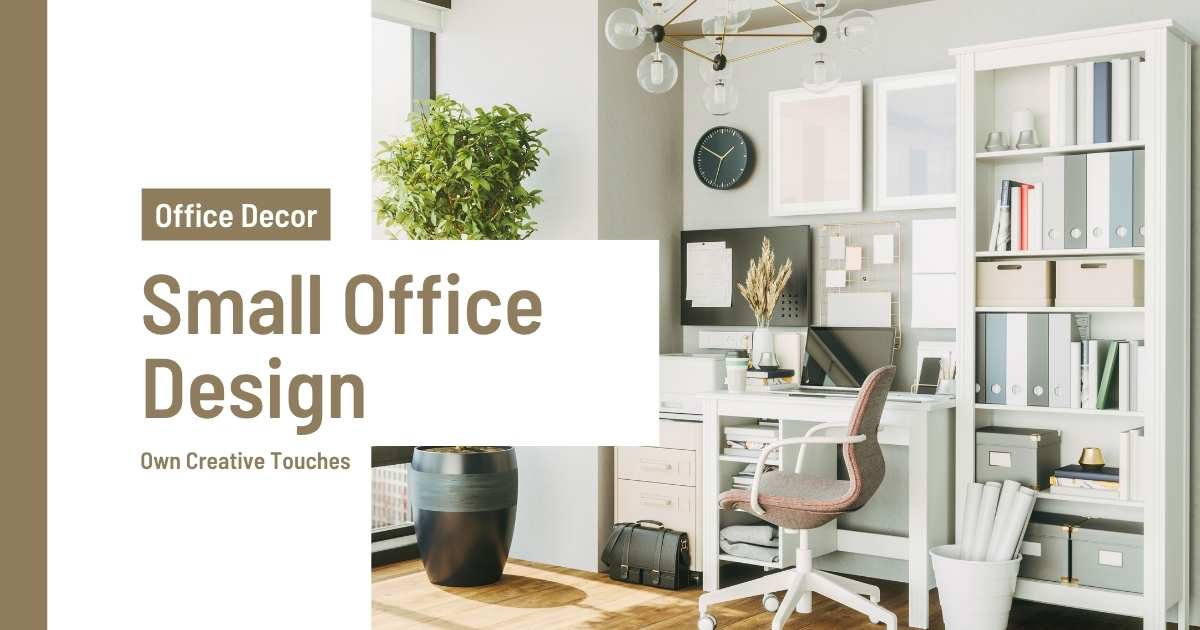
Now that function is handled, it’s time for style. Add finishing touches that make the office truly yours.
- Choose a color palette that reflects your brand or personality.
- Add personal photos, travel souvenirs, or handmade items.
- Use coordinated organizers for papers, pens, and supplies.
- Hang a mood board or vision wall for inspiration.
These final touches humanize the space, making it feel welcoming and energizing.
A Step by Step To Do List for Your Office Transformation
- Declutter and remove all unnecessary items.
- Clean walls, floors, and surfaces.
- Measure space and map layout.
- Choose essential furniture.
- Plan lighting and decor theme.
- Add storage and cord management.
- Personalize with final touches.
Each step builds upon the previous one, ensuring a smooth transition from cluttered to calm.
Knowing the Right Time to Get Professional Help
Sometimes, hiring a designer or contractor is worth the investment. Here’s when to consider it:
- When electrical work is needed for new lighting.
- If space planning is too complex.
- When building custom furniture.
- For ergonomic assessments and advanced planning.
Professionals can often find solutions you might overlook, saving you time and money long term.
Answers to Common Questions About Small Office Design
How to Begin When Your Office Space is a Blank Canvas
Start by clarifying your work needs, then clean the space, plan layout, and shop for versatile furniture that supports daily tasks.
Best Ways to Organize Supplies and Office Essentials
Use drawer dividers, floating shelves, and labeled bins to keep your workspace tidy. Group similar items together for quick access.
Low Cost Ideas to Decorate and Furnish a Small Office
Try thrift shopping, repurpose old furniture, use peel-and-stick wallpaper, and explore easy DIY projects to create unique decor elements without spending much.
Conclusion
A well-designed office space can significantly impact your daily productivity, mood, and overall work satisfaction. Whether you’re working from a cozy corner or dedicating an entire room, implementing the steps in this guide will help you make the most of what you have. Smart furniture choices, creative storage, and intentional styling not only elevate the look of your workspace but also ensure it supports your daily goals.
Stay focused on your needs, prioritize functionality, and don’t be afraid to inject personality into your design. With thoughtful planning and small investments, your dream home office is well within reach—bringing lasting comfort and efficiency to every workday.

